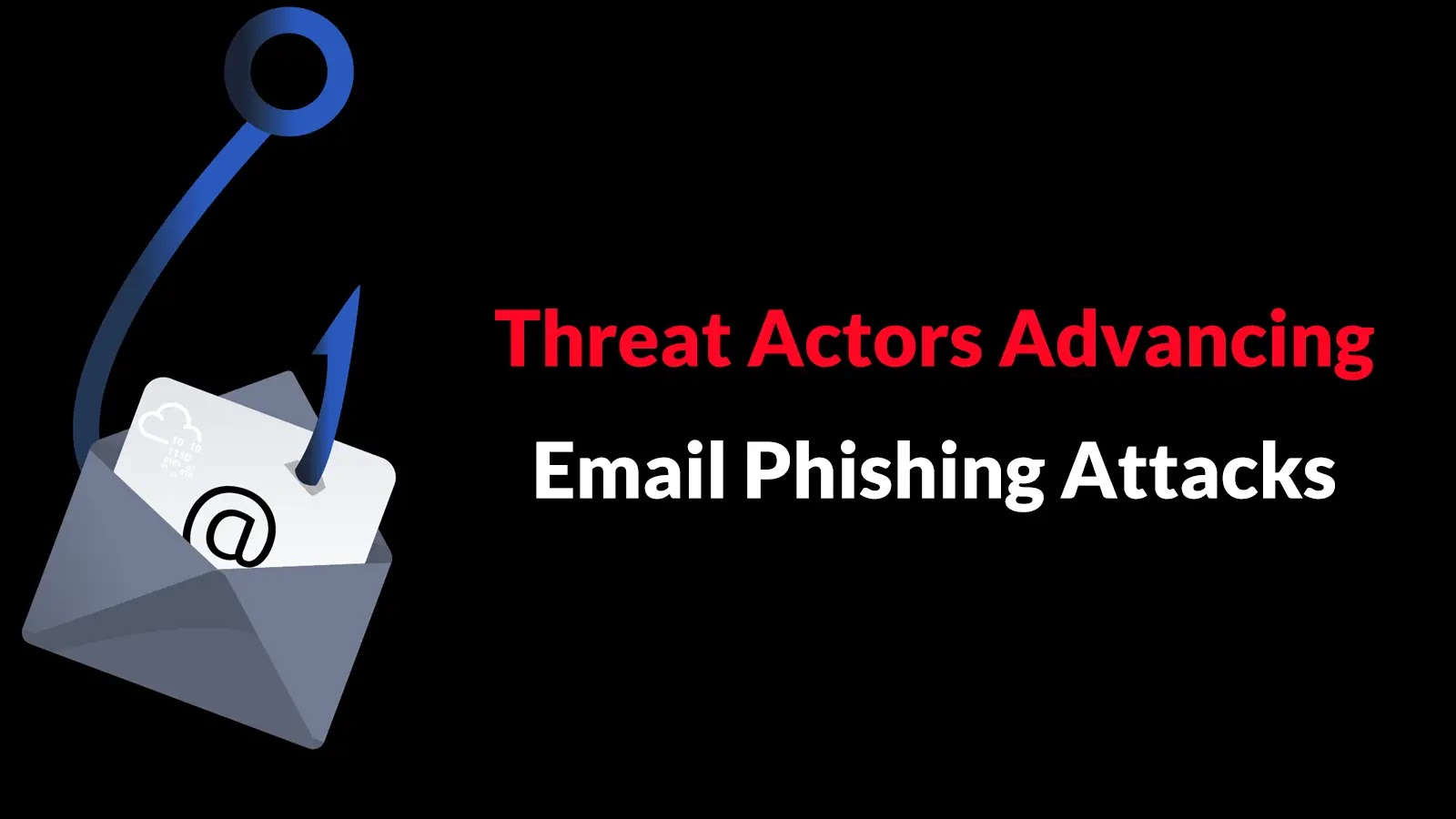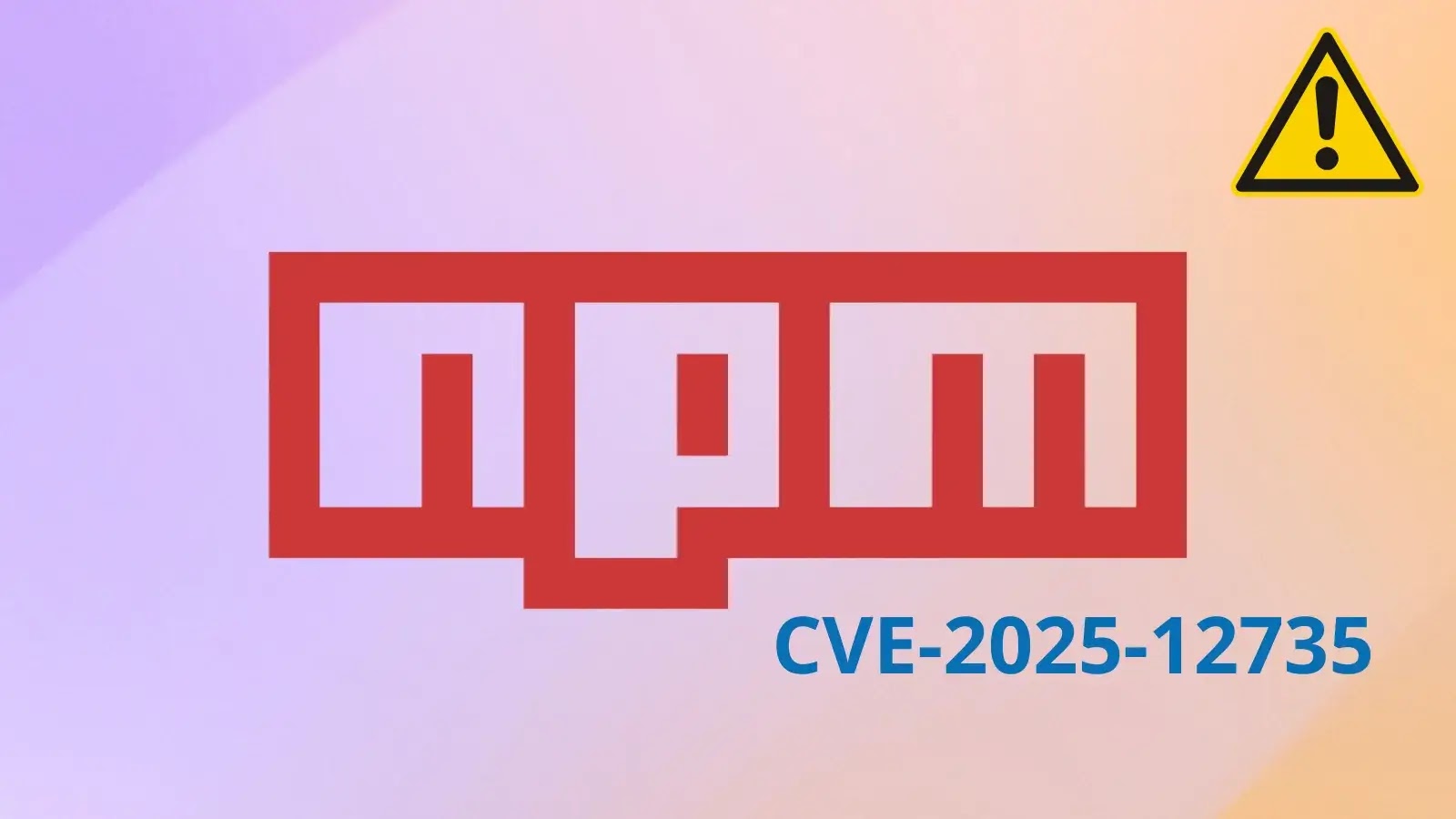In 2025, email phishing attacks have reached unprecedented sophistication, with cybercriminals deploying advanced techniques to bypass traditional security defenses and exploit human vulnerabilities. This evolution combines the refinement of older methods with innovative delivery mechanisms, creating a formidable challenge for organizations worldwide.
Emergence of PDF-Based Phishing with QR Codes
A significant shift in phishing strategies involves the use of PDF attachments embedded with QR codes. Unlike traditional phishing emails that contain direct links, these PDFs prompt recipients to scan QR codes, often leading to malicious websites. This method serves a dual purpose:
1. Evasion of Email Filters: By embedding QR codes within PDFs, attackers can circumvent email security systems that typically scan for suspicious links in the email body.
2. Exploitation of Mobile Devices: Users are encouraged to scan these QR codes using their smartphones, which may lack the robust security measures present on corporate workstations, increasing the likelihood of successful exploitation.
Further complicating detection, some attackers encrypt these PDF files or protect them with passwords, which are often provided within the email or through separate communications. This tactic not only hinders automated scanning by security systems but also adds a veneer of legitimacy, as password-protected documents are commonly used in secure communications.
Revival of Calendar-Based Phishing Attacks
Another resurgent tactic is the use of calendar-based phishing campaigns. In these attacks, cybercriminals insert phishing links into calendar event descriptions rather than the email body. This method exploits the trust users place in calendar notifications and the fact that such events often bypass initial security reviews. When recipients receive calendar invites with embedded malicious links, they may be more inclined to click, believing them to be legitimate business appointments.
Advanced Evasion Techniques and MFA Bypass
Phishing infrastructure has become increasingly sophisticated, incorporating multi-layered verification systems designed to evade detection by security bots and automated threat detection tools. One notable technique involves the use of CAPTCHA verification chains that repeatedly challenge users to prove their humanity before granting access to credential harvesting forms. This approach effectively frustrates automated analysis while remaining accessible to human users.
Moreover, attackers have developed phishing sites that interact with legitimate APIs in real-time. These advanced sites relay user credentials to authentic services, creating dynamic verification processes that mirror legitimate authentication flows. As a result, when users enter their credentials on these phishing pages, the site communicates directly with the real service, providing genuine error messages and multi-factor authentication (MFA) prompts. This method allows attackers to harvest both passwords and one-time authentication codes, effectively bypassing modern security protections.
Exploitation of Trusted Platforms
Cybercriminals are also leveraging trusted platforms to enhance the credibility of their phishing campaigns. For instance, a large-scale phishing operation exploited Google Classroom to distribute over 115,000 malicious emails to more than 13,500 organizations globally. By creating fake classrooms and sending invitations from the official `[email protected]` email address, attackers were able to bypass conventional security filters that rely on sender reputation. The emails contained lures such as offers for SEO optimization services, prompting recipients to contact the scammers via WhatsApp, thereby moving the conversation to an unmonitored channel.
Personalization and Social Engineering
Threat actors are increasingly personalizing phishing attacks to enhance their effectiveness. By customizing subject lines, attachment names, and embedded links with recipient-specific information, company details, and contextually relevant content, attackers create a false sense of authenticity and urgency. This sophisticated approach mirrors typical business communications, making it more challenging for recipients to discern malicious intent.
Exploitation of AI and Generative Platforms
The rapid proliferation of generative artificial intelligence (GenAI) platforms has provided cybercriminals with new tools to orchestrate sophisticated phishing campaigns. Attackers leverage these platforms to generate convincing phishing content, clone trusted brands, and automate large-scale malicious deployments with minimal technical expertise. Web-based AI services enable the creation of professional-looking phishing sites within seconds, utilizing AI-generated images and text that closely mimic legitimate organizations.
Supply Chain Attacks Targeting Email Infrastructure
Sophisticated phishing campaigns, such as the PoisonSeed operation, have emerged targeting customer relationship management (CRM) and bulk email service providers. By compromising email infrastructure, attackers distribute malicious content aimed at cryptocurrency wallet holders, particularly Ledger users. This method exploits trusted email channels to bypass traditional security filters and reach potential victims with convincing phishing content.
Recommendations for Mitigation
To counter these evolving threats, organizations should implement a multi-layered defense strategy:
1. Enhance User Training: Educate employees to scrutinize all unexpected invitations, even those from trusted services. The presence of non-contextual commercial offers or requests to communicate via personal messaging apps should be treated as major red flags.
2. Deploy Advanced Threat Prevention: Utilize modern, AI-driven security solutions that can analyze the context and intent of a message, rather than relying solely on sender reputation.
3. Extend Security to Collaboration Tools: Ensure that phishing protection extends beyond email to all cloud-based applications and collaboration platforms used within the organization.
4. Implement Robust Email Filtering: Configure email filters to scrutinize multimedia attachments, especially when combined with financial-themed messages or when sent from free email services.
5. Enforce Multi-Factor Authentication: While attackers have developed methods to bypass MFA, its implementation still adds a significant layer of security. Ensure that MFA is enforced across all critical systems and services.
6. Regularly Update Security Protocols: Stay informed about emerging phishing tactics and update security protocols accordingly. Regularly review and adjust security measures to address new threats.
As attackers continue to innovate, organizations must adopt a proactive and comprehensive approach to cybersecurity, capable of detecting and neutralizing threats that hide in plain sight.



